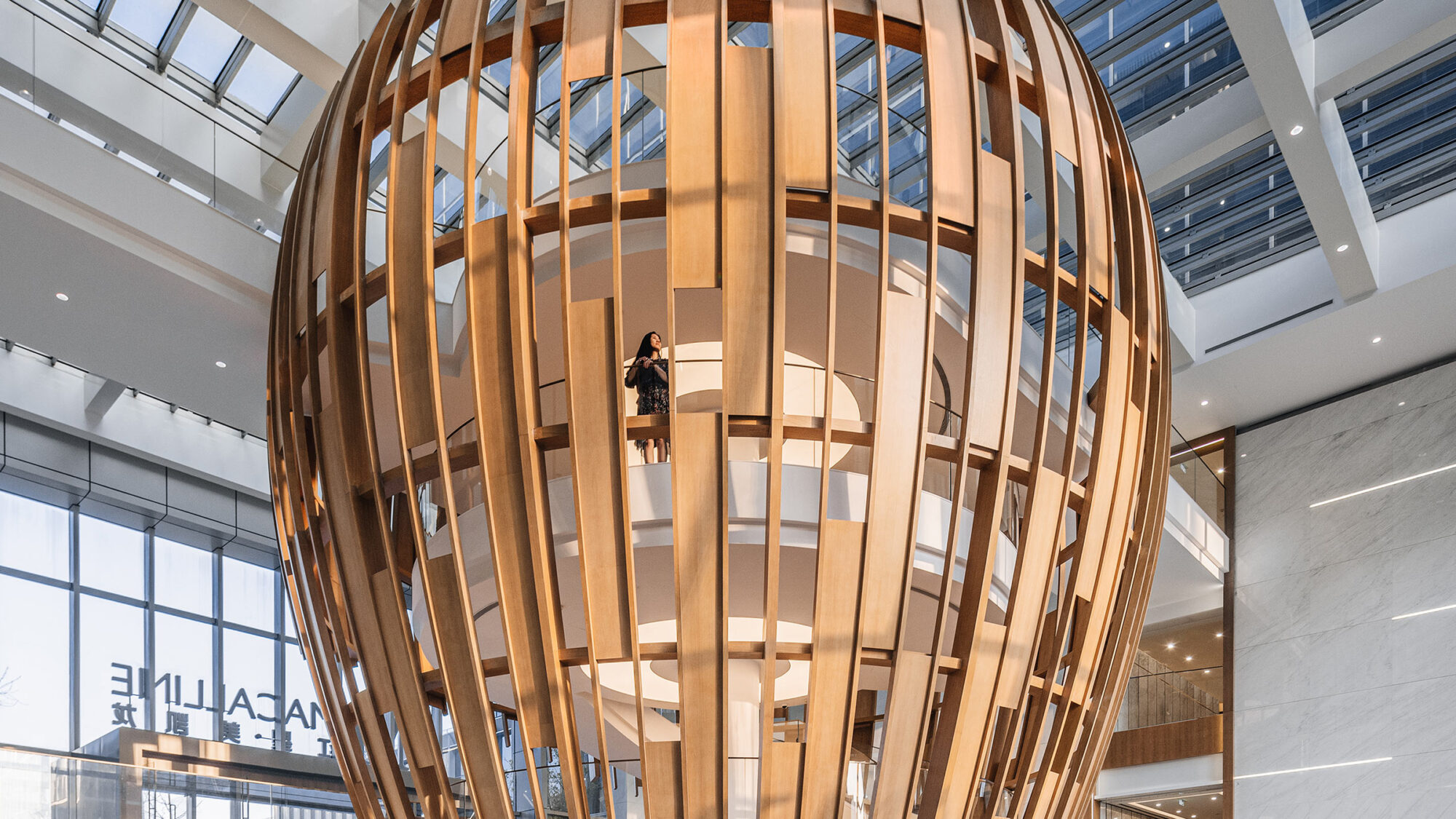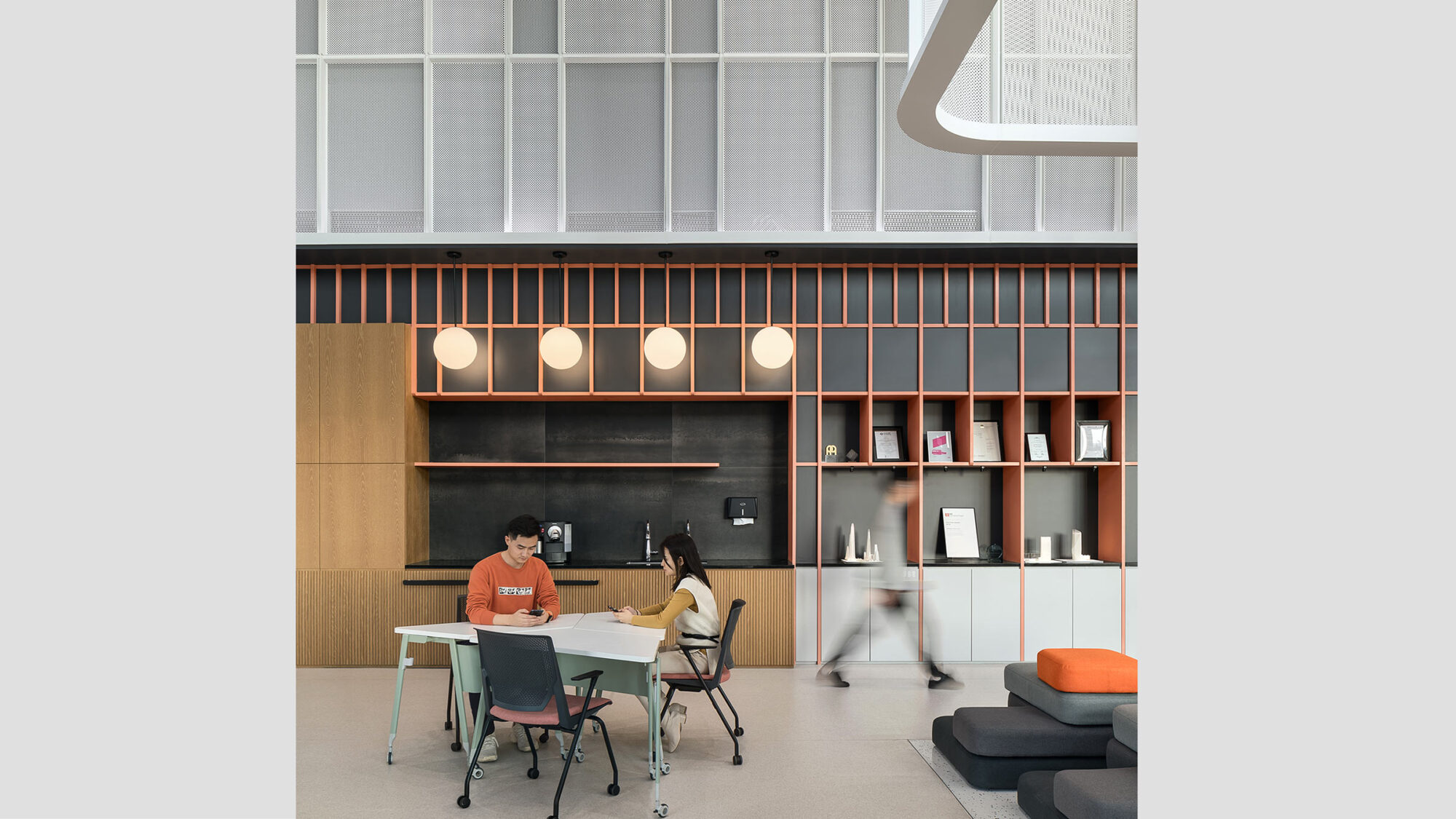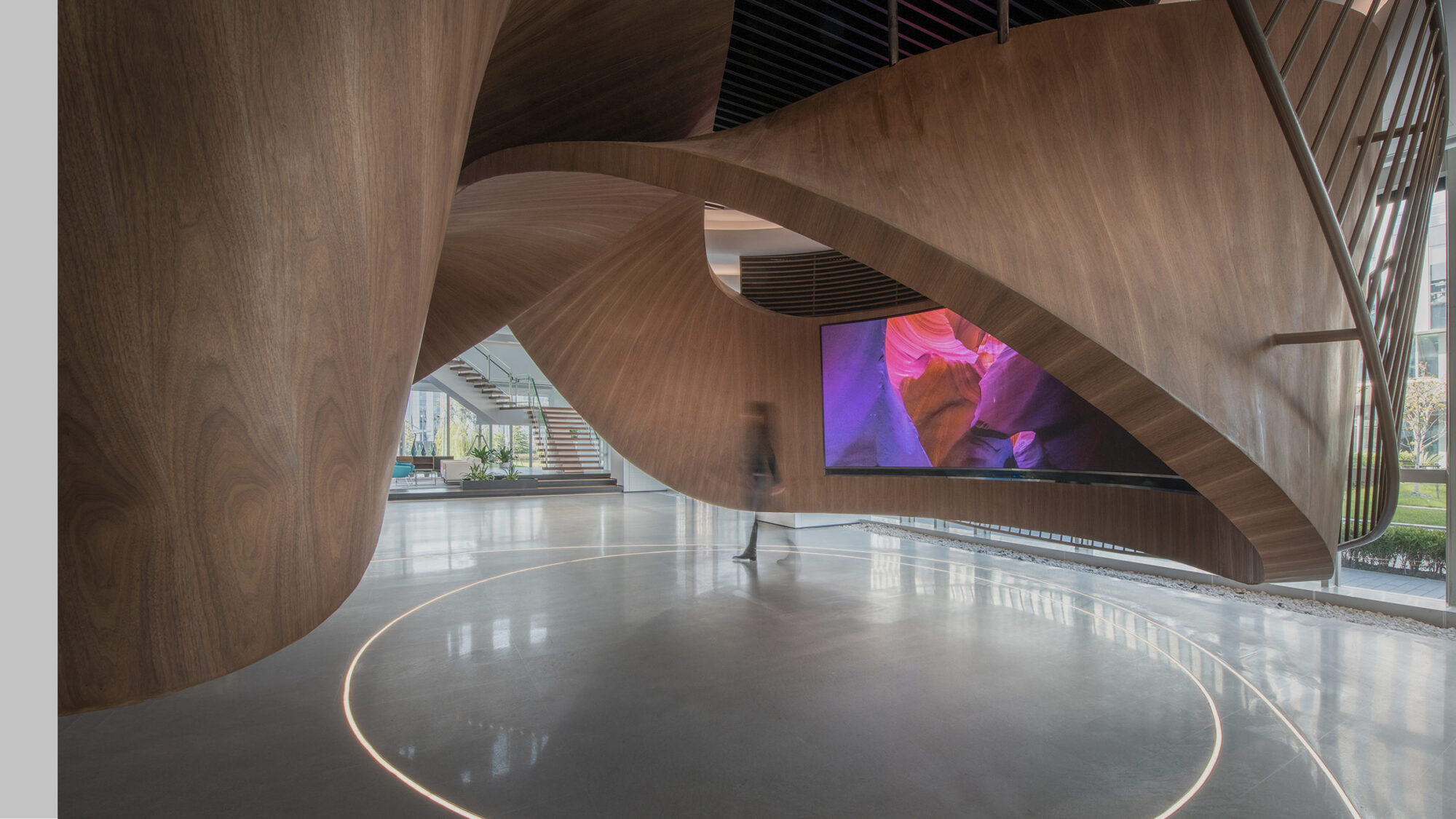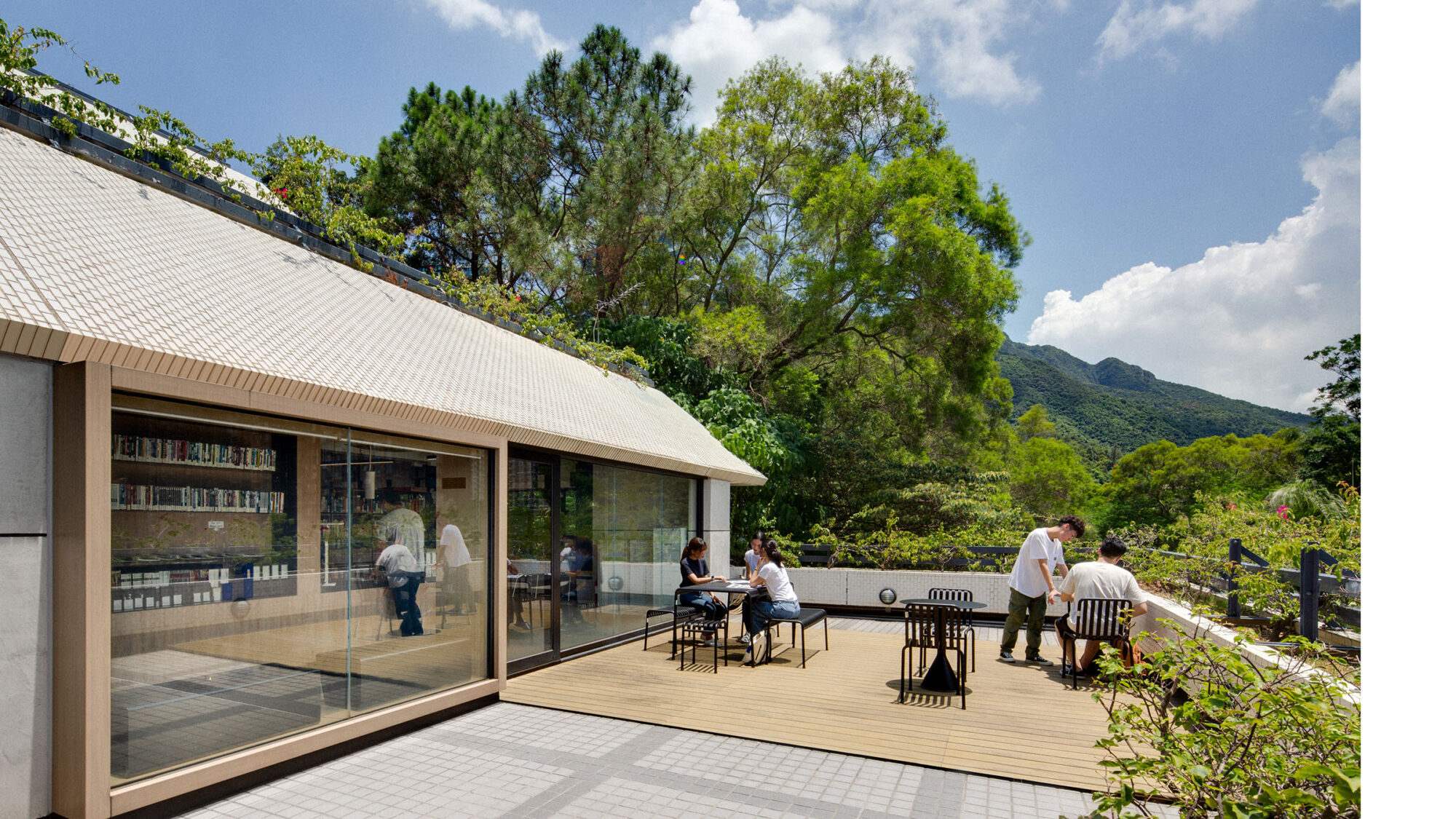










This four-part series explores essential yet often overlooked aspects of modern workplace strategy and design, focusing on the invisible and intangible factors that significantly influence organisational success. Discover how to recognise and harness subtle elements, like complexity and indecision, to create a workplace environment that helps people and businesses thrive.
Over our long history of working with Fortune 500 companies, we’ve had the opportunity to partner with many large-scale firms to envision their future workplace. We’ve learned that the highest-performing workplaces aren’t always the most expensive. In fact, data shows that spending beyond a certain baseline does not directly correlate with better outcomes. The key isn’t spending more, it’s spending smarter.
We were particularly struck by one client’s strategy of viewing workplace investments as drivers of long-term business value, not just short-term expenses. Our client understood that a successful workplace isn’t about spending more, but rather about making informed choices within the capital allocated. Like many, they faced budget constraints and trade-offs. What set them apart was their clarity on how each ‘must-have’ connected to their future business success.
Value means making strategic choices that support long-term business success, not just cutting costs, but investing in what drives performance, resilience and growth.
Every organisation has the potential to create a high-performing workplace. The real differentiator is the ability to harness workplace investment as a driver of business value, not just cost.
Grant Christofely, Director – Workplace Strategy, M Moser AssociatesNo business wants to waste resources or settle for less-than-ideal outcomes that don’t meet business objectives. Yet, many organisations still fall short of maximising the potential of their real estate.
Encouraging executives to ‘spend smarter’ can only go so far, as most already believe they are doing so. What’s needed is a clearer, more transparent framework to support decision-making.
This is where value scrutiny comes in. Our workplace strategy team developed this proprietary methodology to define both the challenge and the solution. This means we evaluate workplace decisions based on their return to the business, not just on cost or convention.
While ROI is the measurable result, value scrutiny is the approach that gets us there. It starts by asking how will value be measured for your business and how can the workplace deliver it?
At the onset of the pandemic, our New York team connected with HSBC’s Head of Real Estate, to understand the long-term vision. There was no project brief, budget or timeline. It was just a conversation about priorities in an uncertain time.
What emerged from that call wasn’t a scope of work but the clarity that HSBC valued connection, community, wellness and iteration. These pillars became the foundation of HSBC’s new headquarters and, years later, the space continues to reflect and enhance that vision.
It’s easy to imagine a future workplace. It’s harder to ground that concept in strategic objectives and even harder to translate those objectives into real, measurable outcomes. Often, the issue lies in focusing solely on the cost of implementation rather than the value of achieving those goals.
HSBC understood the greater risk of the cost of not reaching its objectives. This mindset shift is essential. Every organisation must define the value of its workplace goals, not just in terms of investment but of opportunity.
For example, a project-based business aiming to improve cross-disciplinary collaboration risks slower delivery, coordination breakdowns and lost market differentiation if that goal isn’t met.
The true value lies in what achieving that goal makes possible. When workplace investments are aligned with business performance, the return becomes clear.
Once objectives are clear, every decision should be evaluated through one lens: will this help us achieve maximum value?
Take workstations as an example. Nearly every project over-indexes them, not because they support how people work today, but because they’re conventional. In reality, we find most employees in the modern workplace require more than one setting to perform their best work.
This approach is less about saying no to solutions and more about asking why they make sense. If a feature doesn’t directly support business goals, it’s likely a poor investment. At the same time, overcommitting to the wrong elements wastes capital and undermines performance.
Convention shouldn’t dictate workplace design. Impact should. And as we’ve seen repeatedly, more spending does not guarantee better outcomes. Only value-based decisions do.
In moments of uncertainty, it’s important to prioritise value over habit or cost.
Annie Ng, Senior Workplace Strategist, M Moser AssociatesThe short answer is yes. In the case of HSBC, they valued connection, community, iteration and wellness as key drivers of future success. They invested accordingly in spaces, experiences and infrastructure designed to deliver on those values.
Today, their community areas are among the most actively used in the office. Workplace attendance has surpassed expectations, and with our support, HSBC has implemented a data-driven workplace stewardship program to continuously adapt the environment as needs evolve.


Effective workplace strategy means focusing on value and aligning every decision with business outcomes, not just convention or cost.
Corporate real estate (CRE) teams, HR and facilities leaders, executives and workplace professionals accomplish a great deal, often with limited resources and stakeholder support. Navigating budget constraints, shifting priorities and stakeholder alignment takes more than a checklist. It requires a partner who can help you define what matters most and design a workplace that reflects it.
At M Moser, we help organisations apply value scrutiny to unlock meaningful ROI and build a workplace that not just performs but excels.
Ready to get started? Connect with our workplace strategy and design team to explore how we can help you turn objectives into outcomes.
Director, Workplace Strategy